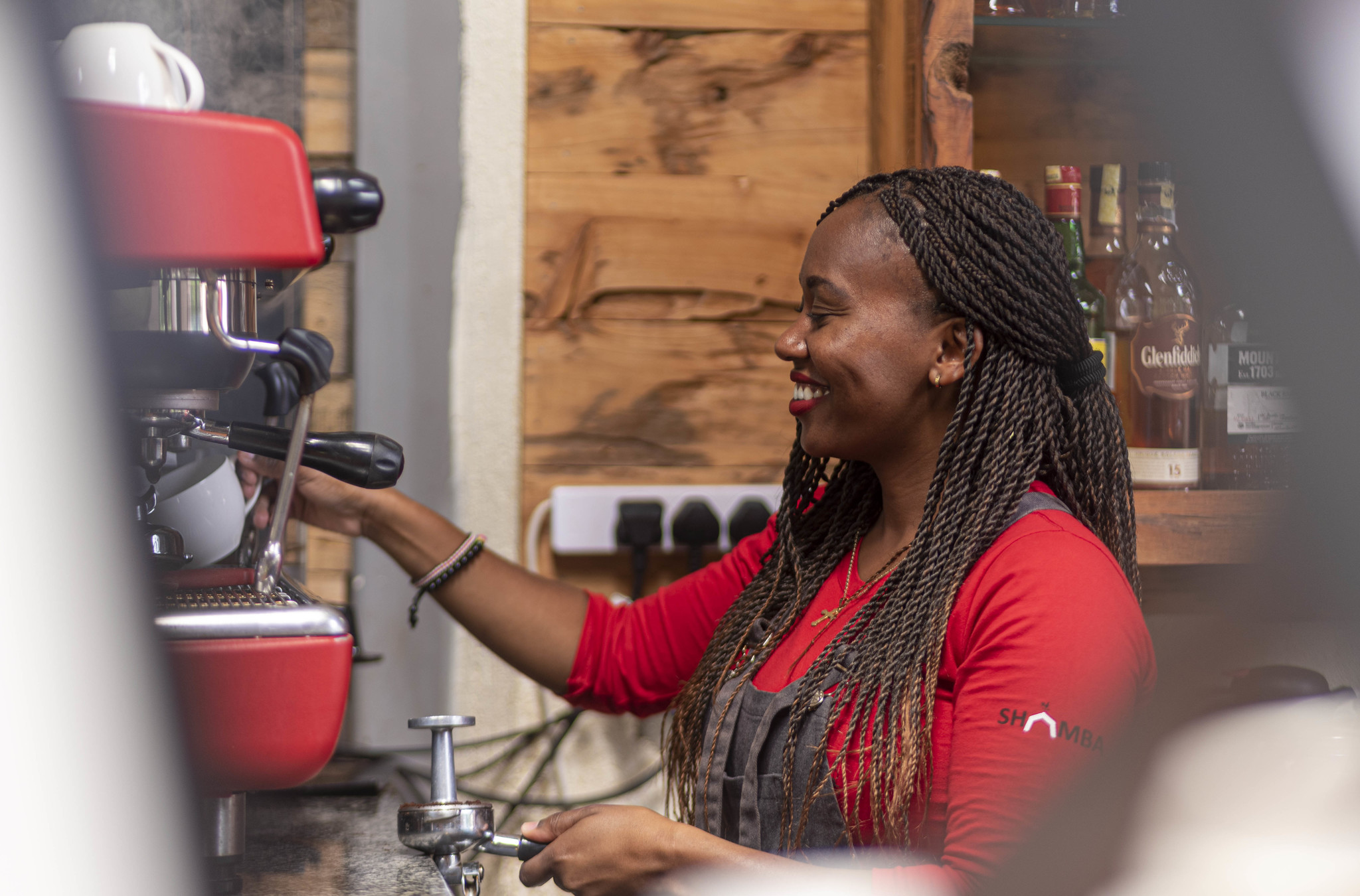Shamba Café & Shop is a “farm to table” restaurant, with their own farm shop and garden center. During the COVID-19 pandemic, Shamba Café & Shop needed to serve customers who couldn’t come to eat or buy in person anymore. Michelle Gilardi, the owner, needed a website to be an extension of Shamba’s brand, and an ecommerce store open up the restaurant & shop to her customers online.
View this post on Instagram
Setting up Shamba online
Step 1 — Sorting products into a checklist
Shamba’s inventory was huge, and it was only documented in their POS systems. We took a fresh stock of all products in the shop on a Google Sheet, then used it to set up the online store. This way, Michelle’s team could track all the products they had in stock, and use this inventory list to manage the stock on the upcoming e-commerce website.

We opted to create a custom Google Sheet for Shamba instead of introducing a new inventory system. This is because Google Sheets is incredibly easy to use, is flexible enough to be used by any kind of product businesses, and can share instant updates between team members.
Step 2 — Building the brand & ecommerce websites
Shamba’s brand website was built on Squarespace, and the online store was set up on WordPress. Then, we linked Michelle’s phone with both websites so that she could keep track of her online visitors & purchases while away from her desk.
Learn how Squarespace and WordPress serve different business needs in my article — Choosing Squarespace, Shopify or WordPress for Your Ecommerce Website


Managing a restaurant business can be difficult enough when you need to coordinate food orders, respond to customers at the store, and still check how online sales are running. By linking both websites on Michelle’s phone, she could keep track of all updates from both sites.
Step 3 — Training Shamba’s staff
Once the websites were ready, we trained Shamba’s staff on the most important items:
- Updating product inventory & prices
- Checking incoming orders
- Tracking sales performance
- Online customer service

Training her team enabled Michelle to trust her employees to manage the online orders. This gave her more time to focus on creating better ways to serve her customers better during the COVID19 pandemic.
The impact from the brand & ecommerce websites
We saw how quickly Shamba’s sales & online presence grew in weeks — over 30 customers made purchases from Shamba’s online store in the first two weeks, and more were waiting to meet the Shamba community when it would be safe.
By organising the online store intuitively similar to how the physical store itself was organised, it was easy for customers to find and buy what they needed, as if they were at the physical store itself.

This was a team project I was a part of with Creative Consillium.
**
Image credit: Creative Lab Africa











